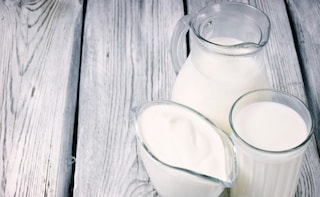Ek glass doodh - While growing up, this seemed to be my mother's most popular go-to remedy. She believed that milk could cure everything - fever, weakness, headache and even heart burn. She insisted that since we were lucky enough to be able to afford milk (exaggerations of a Punjabi mother) we ought to drink it not once, but twice a day.
Advertisement
Advertisement
Advertisement
Advertisement
For the latest food news, health tips and recipes, like us on Facebook or follow us on Twitter and YouTube.
Advertisement
Tags:
